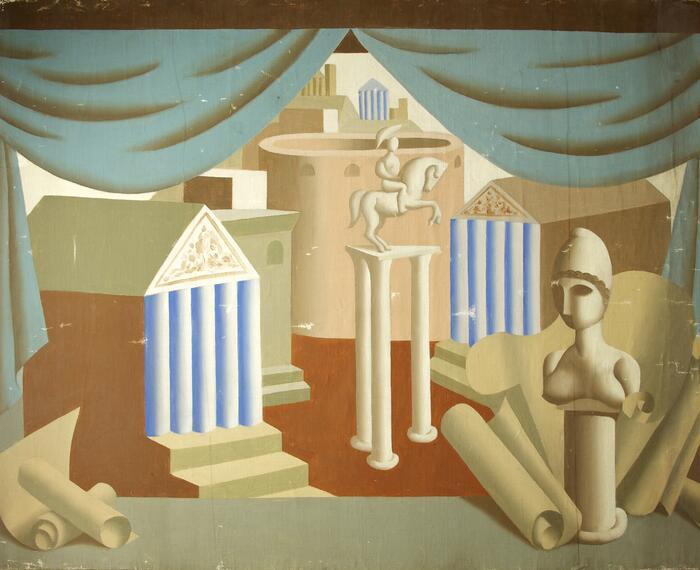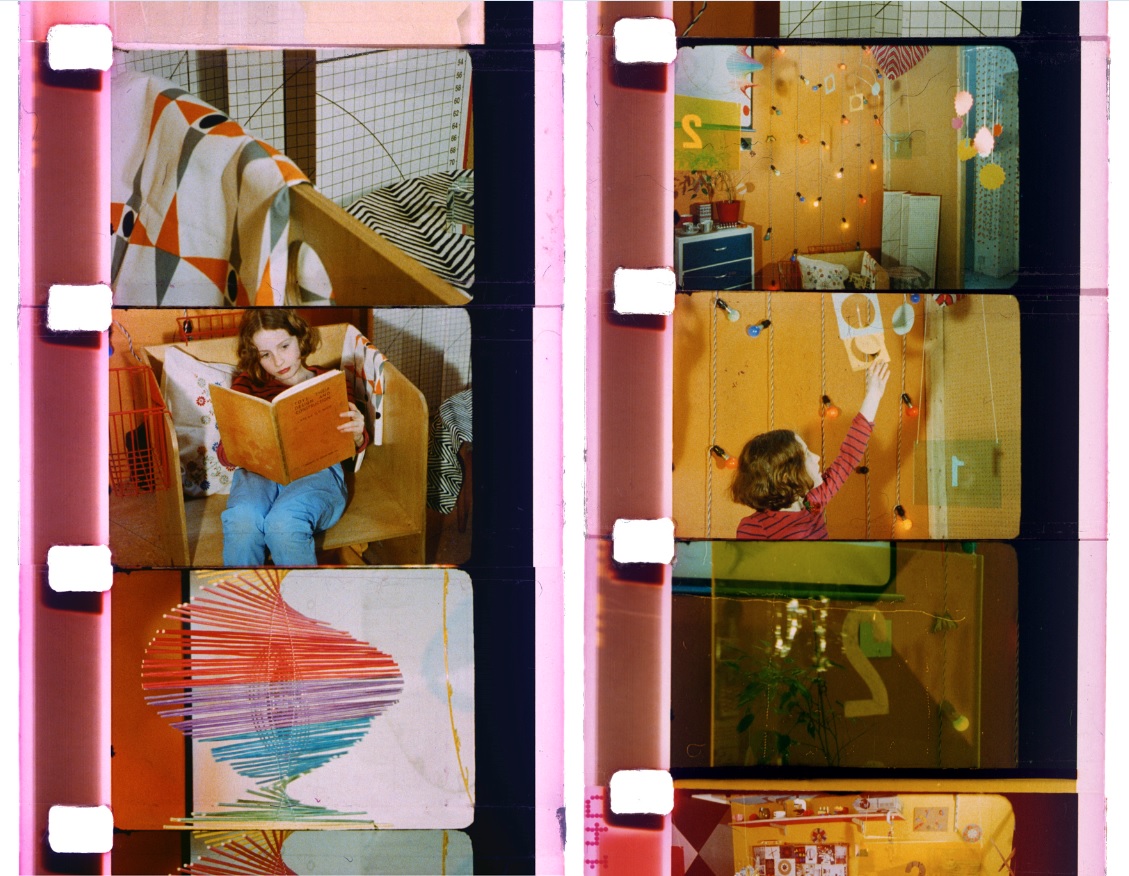


Chapters One to Five, 2012, 16mm Film Scan_SMALLER
Now that Tate Modern has opened its extension and we are getting used to the extraordinary new museum in our midst, it is probably time to return to Tate Britain and appreciate that this too is an institution in the process of change. New director: new mood music down at Millbank. And the first indicator of this may be the higher profile given to the Art Now programme.
Monday night saw an opening event for the new exhibition, an installation of 16mm films by London-based artist and RA Schools graduate Sophie Michael. Institutional recognition is hugely significant for artists at the beginning of their careers and Tate Britain can do a great deal in bringing emerging talent to a broad audience. Monday night’s event was well attended, bringing the artist community into the museum as well, and thereby closing an important gap. It also allows the contemporary curators at Tate Britain to produce a more light-footed programme that responds quickly to current trends.
Sophie Michael’s exhibition is a sophisticated installation of three films, on timers so that one can move comfortably from one to another. Individually and collectively they are visually seductive and conceptually intriguing. In 2011 Eva Rothschild called Michael’s work a ‘visual hide-and-seek’ for the way they manipulate objects and formats to provoke emotion.
‘Trip the light fantastic’ is something my dad used to say. I can’t quite recall now under what circumstances he might have said it, but it was the sort of approximately used cliché that passed for humour in 1970s suburbia. As a teenager it made me cringe; now it is like a bit of linguistic archaeology. And nostalgia is very much the currency in which Sophie Michael is dealing – except that it is a nostalgia that engages the visual history of my generation rather than hers. So what does this mean? Michael was born in 1985, making her roughly the same generation of non-digital natives as film maker Ed Atkins who is so well known for his embrace of CGI; but Michael seems to situate herself in contradistinction to the digital natives born a decade later.
As a film format 16mm is quintessentially ‘vintage’: it has a softness of definition and a quality of colour saturation that bespeak a bygone age that is presumed to be kinder and gentler – perhaps because many of us are looking back on imperfectly remembered childhoods. Compared to today’s HD-everything, 16mm is aestheticized, it is a romanticising filter that Instagrammers aspire to.
Chapters One to Five (2012) is the third film in the Astrid series 2010–14. The series features the young Astrid Everall, between the ages of seven and eleven. Astrid is seen engaging in wholesome craft activities: cutting out shapes from coloured papers and suspending them as mobiles. She operates in interiors re-constructed from 1970s home improvement magazines, and the tone is something between Blue Peter and Steiner School: idealised, creative, clean and purposeful. The Tate press release says that ‘Michael stages a contemporary projection of lost times and youth’, begging the question ‘whose lost times and youth?’
In the flattened chronology of the online world, in which visual signifiers of any style, school or movement you care to mention are only a few clicks away, and culture cannibalises itself in ever shorter feedback loops, nostalgia as a concept is something wide open for re-definition.
Time to go back to Tate Britain, folks.
Caroline Douglas
Director
Tate Britain, Millbank, London SW1P 4RG. Open Monday - Sunday 10.00–18.00. Display continues until 30 October 2016. www.tate.org.uk